Touching the void: Dan Colen tackles negative space in his latest show
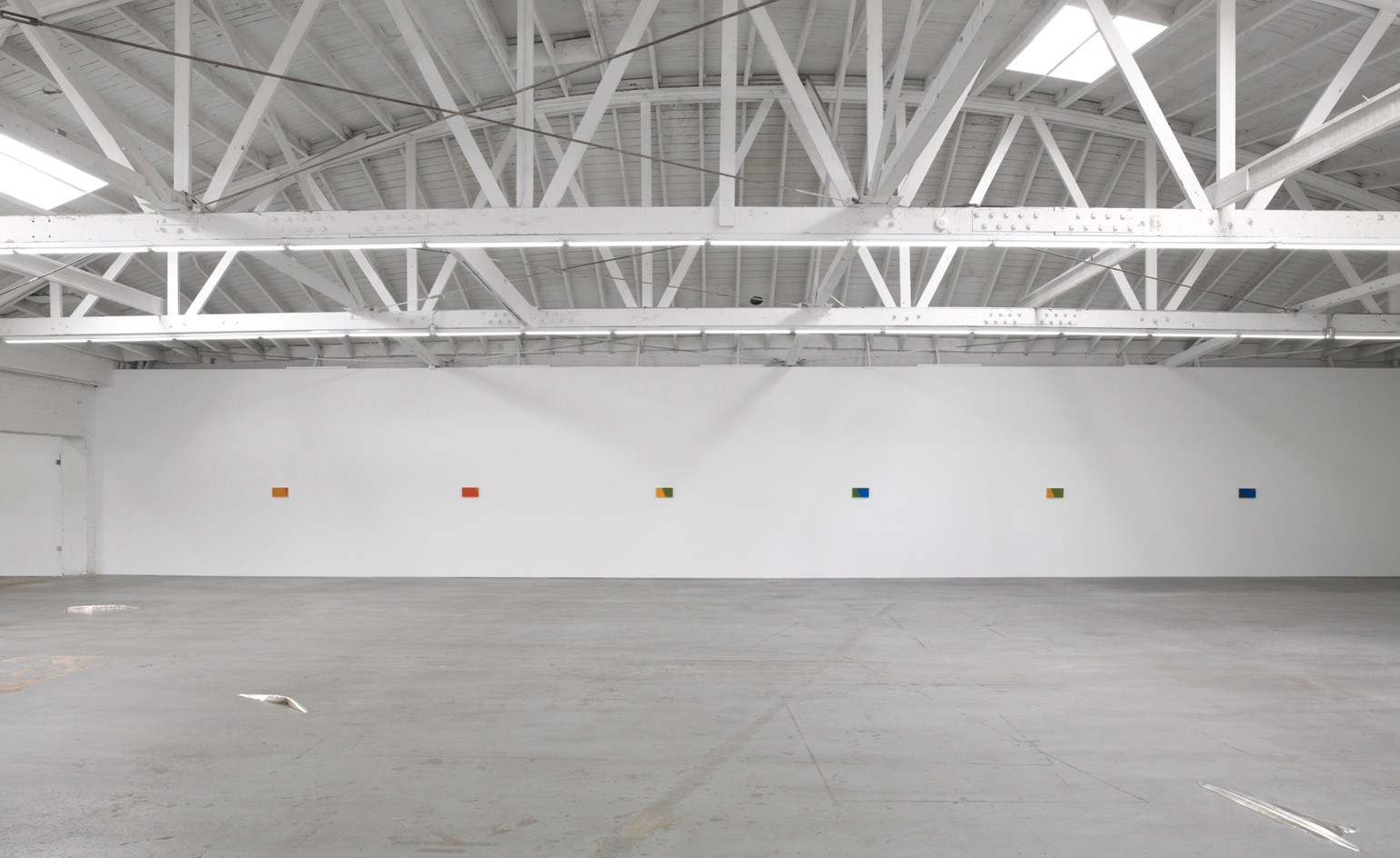
About three years ago, artist Dan Colen conceptualised a project that explored the transfer of energy through sculptures formed from guardrails mangled by violent road collisions. Colen and his team would comb highways, searching for and collecting material, until they started getting caught. Luckily, they were never arrested, but after a severe warning, Colen decided to go for a safer alternative and began visiting junkyards and recycling depots.
Then began a process of trial and error. 'I was trying to build the sculpture out of the actual objects, but because of how they were designed to absorb impact, they were really hard for me to manipulate as I had imagined,' says Colen. Instead, he started casting in different materials like plaster, rubber and plastic, before going on to metals like zinc and magnesium. 'Once I started pouring around [the sculpture] to make moulds, I just saw what was happening in the negative space and it just seemed more interesting to me,' he says.
Colen eventually decided on silver, because it's good at giving form to what he calls the 'redundant negative' - the negative spaces in the dented guardrails the sculptures are moulded from and, at a deeper level, the stories of the accidents that originally caused them (even though he knows nothing about the incidents). 'That negative space was created by this accident, which I'm almost assuming has this deathly quality to it, which is another negative. It's a kind of articulation of the loss of life in a loss of space,' says Colen. 'I wanted to fill all of that void.'
The resulting sculptures, titled 'Canopics', are on display until 27 June as part of 'Viscera', the inaugural exhibition at Venus Over Los Angeles. Colen also has two more bodies of work in the show - abstract 'Rainbow Paintings', based on stills from the Disney's Fantasia, which strip away any relation to the animated classic, and a sound piece consisting of psychic readings, where the listener can exist as both a voyeur and a participant in such an intimate meeting.
The exhibition may feel sparse inside the vast Boyle Heights space, but Colen insists that that's the whole point, as the space helps the search for the invisible forces of art. 'I'm challenging my works to interact with as much space as possible, to really become part of their environment and really have relationships with the air around them, to the architecture around them. In that way, I hope to touch a person more. Then you begin to understand that you're a part of this thing. You're not looking at it; you're inside it.'

Entitled 'Canopics', the series has been made by casting silver into the negative spaces of the warped guardrails
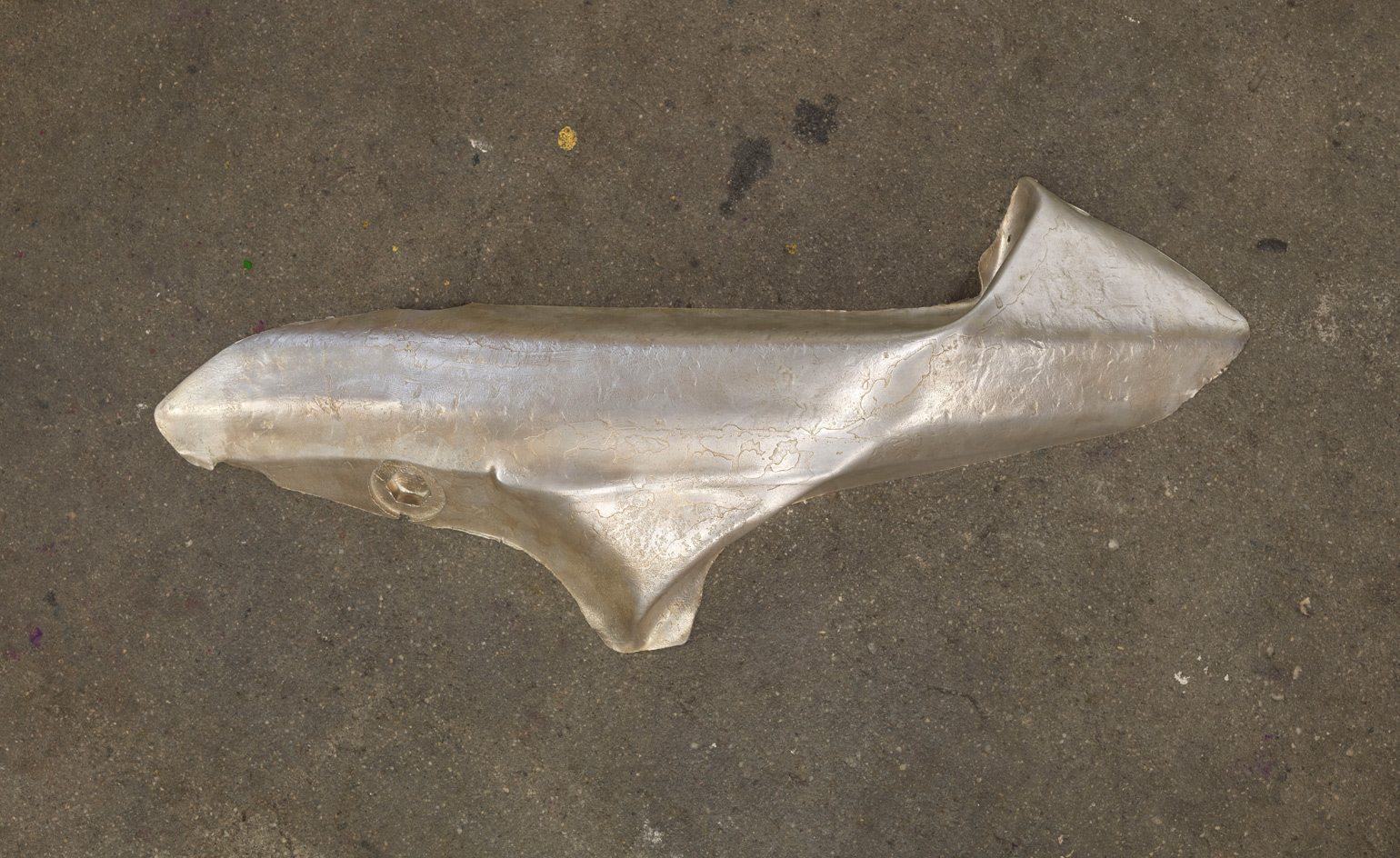
Colen chose silver because it's good at giving form to what he calls the 'redundant negative' - the negative spaces in the dented guardrails the sculptures are moulded from and, at a deeper level, the stories of the accidents that originally caused them
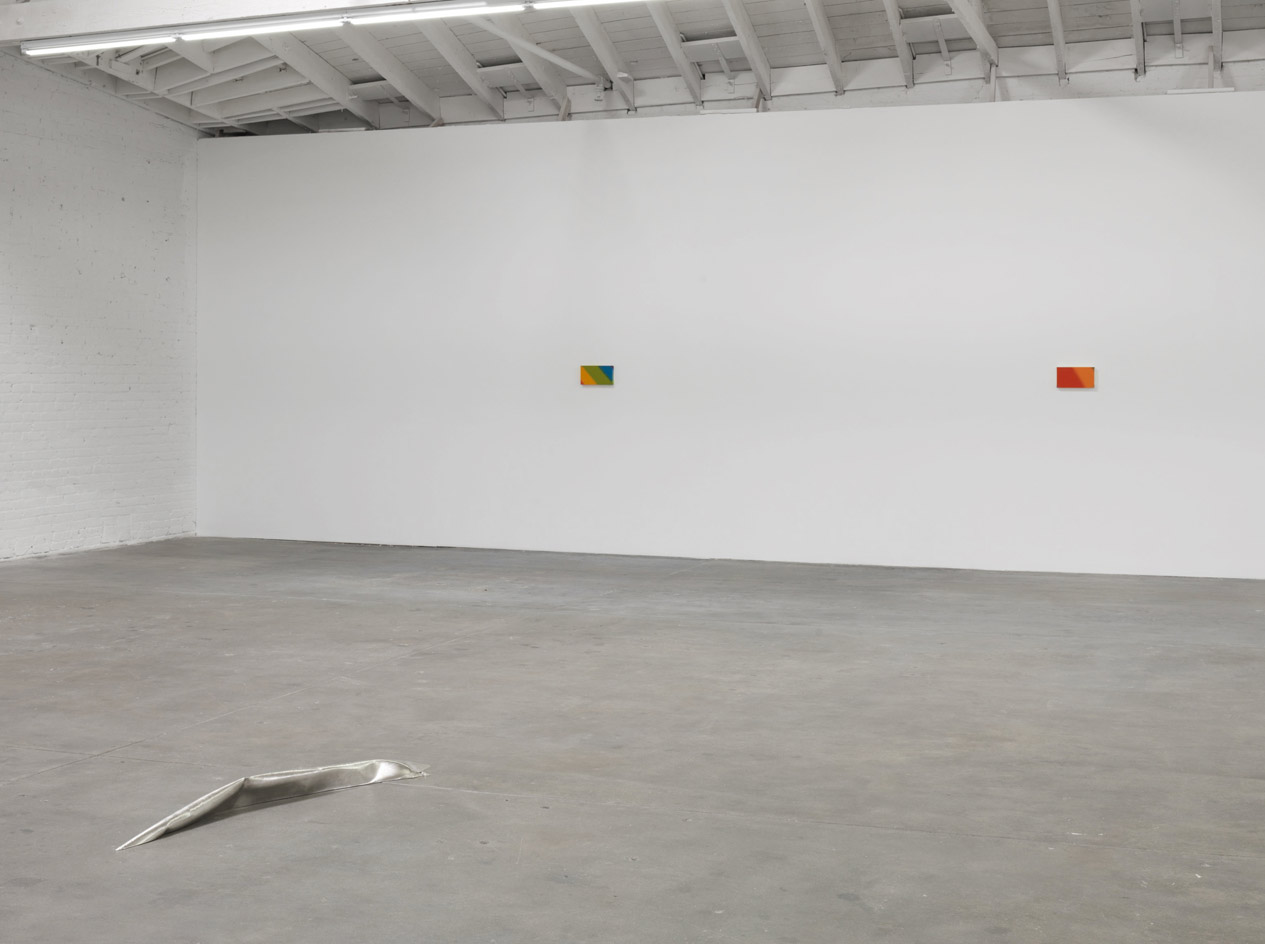
'I'm challenging my works to interact with as much space as possible, to really become part of their environment and really have relationships with the air around them, to the architecture around them,' says Colen
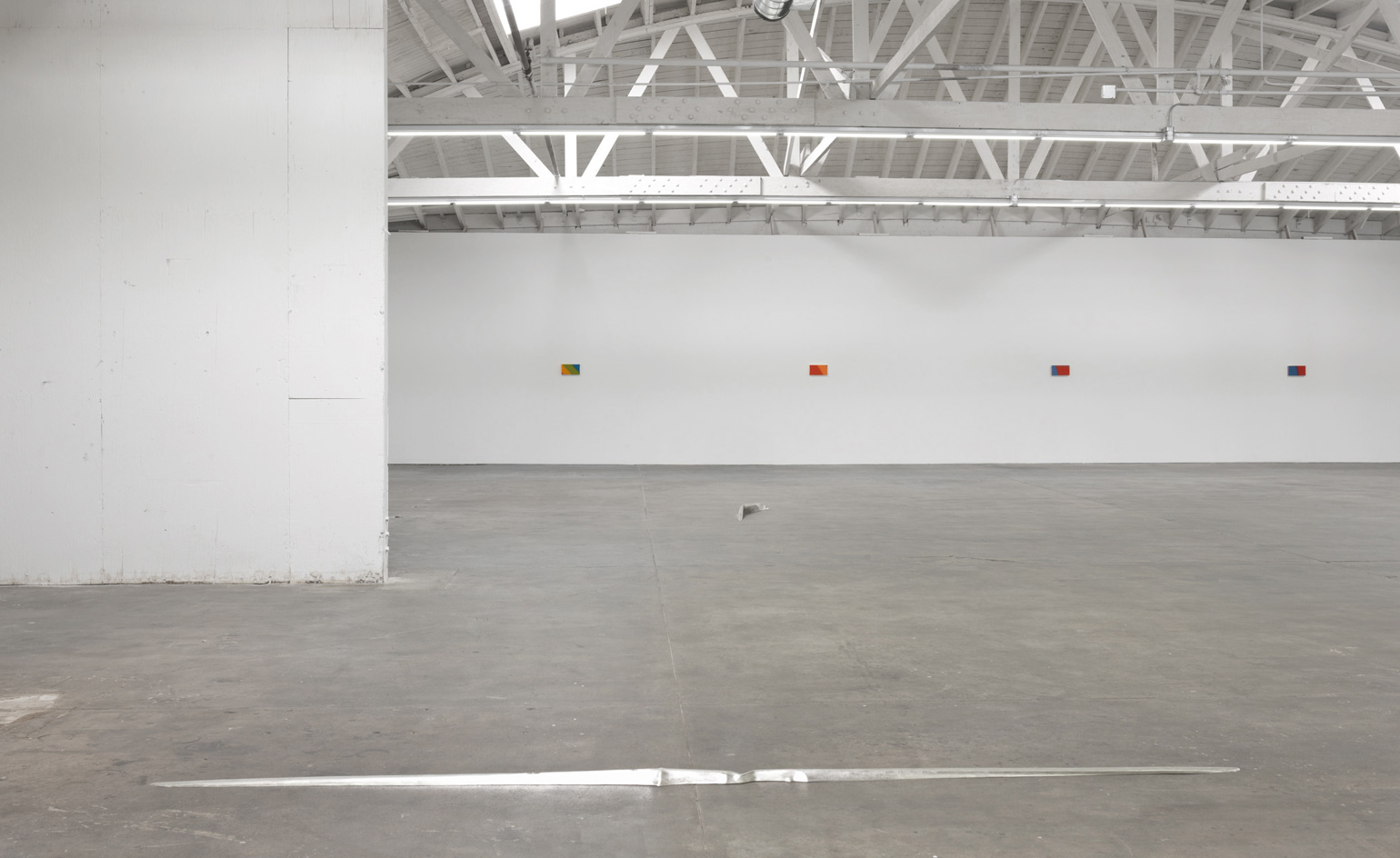
A series of abstract 'Rainbow Paintings' are also on display, which were inspired by Disney's 'Fantasia'
ADDRESS
601 South Anderson Street
Los Angeles
CA 90023
Receive our daily digest of inspiration, escapism and design stories from around the world direct to your inbox.
Ann Binlot is a Brooklyn-based freelance writer who covers art, fashion, design, architecture, food, and travel for publications like Wallpaper*, the Wall Street Journal, and Monocle. She is also editor-at-large at Document Journal and Family Style magazines.
-
 The Bombardier Global 8000 flies faster and higher to make the most of your time in the air
The Bombardier Global 8000 flies faster and higher to make the most of your time in the airA wellness machine with wings: Bombardier’s new Global 8000 isn’t quite a spa in the sky, but the Canadian manufacturer reckons its flagship business jet will give your health a boost
-
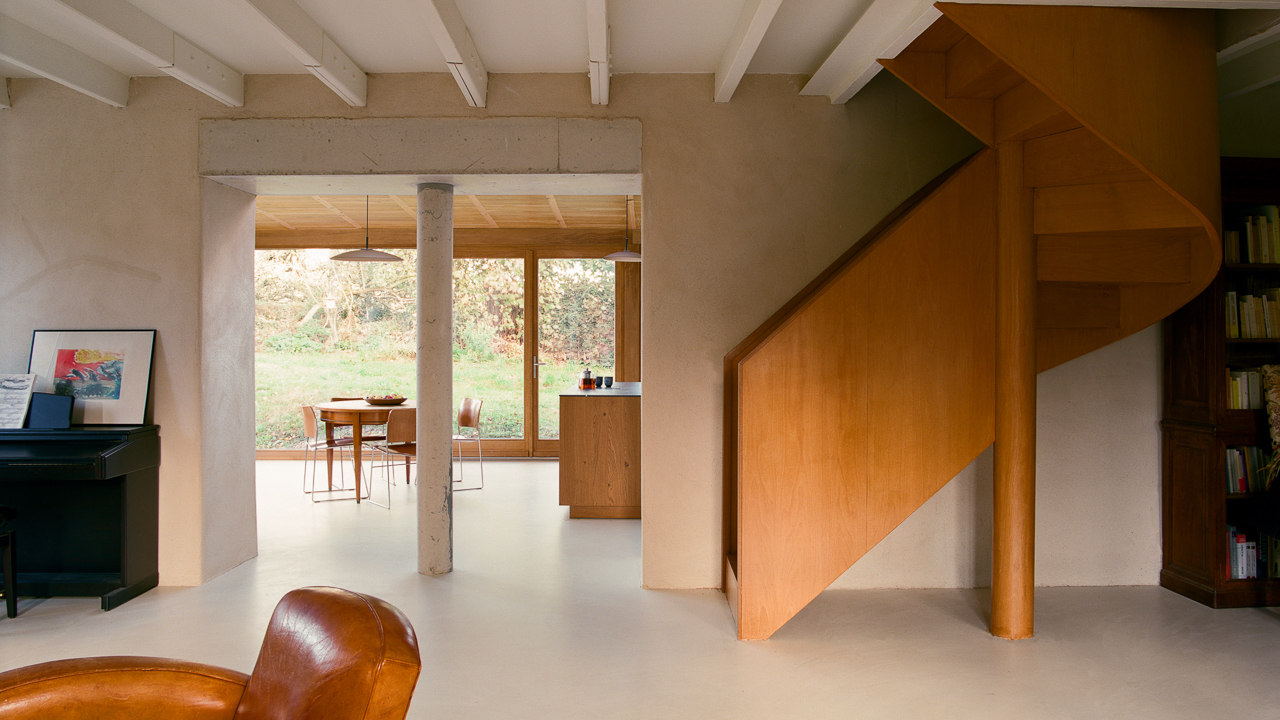 A former fisherman’s cottage in Brittany is transformed by a new timber extension
A former fisherman’s cottage in Brittany is transformed by a new timber extensionParis-based architects A-platz have woven new elements into the stone fabric of this traditional Breton cottage
-
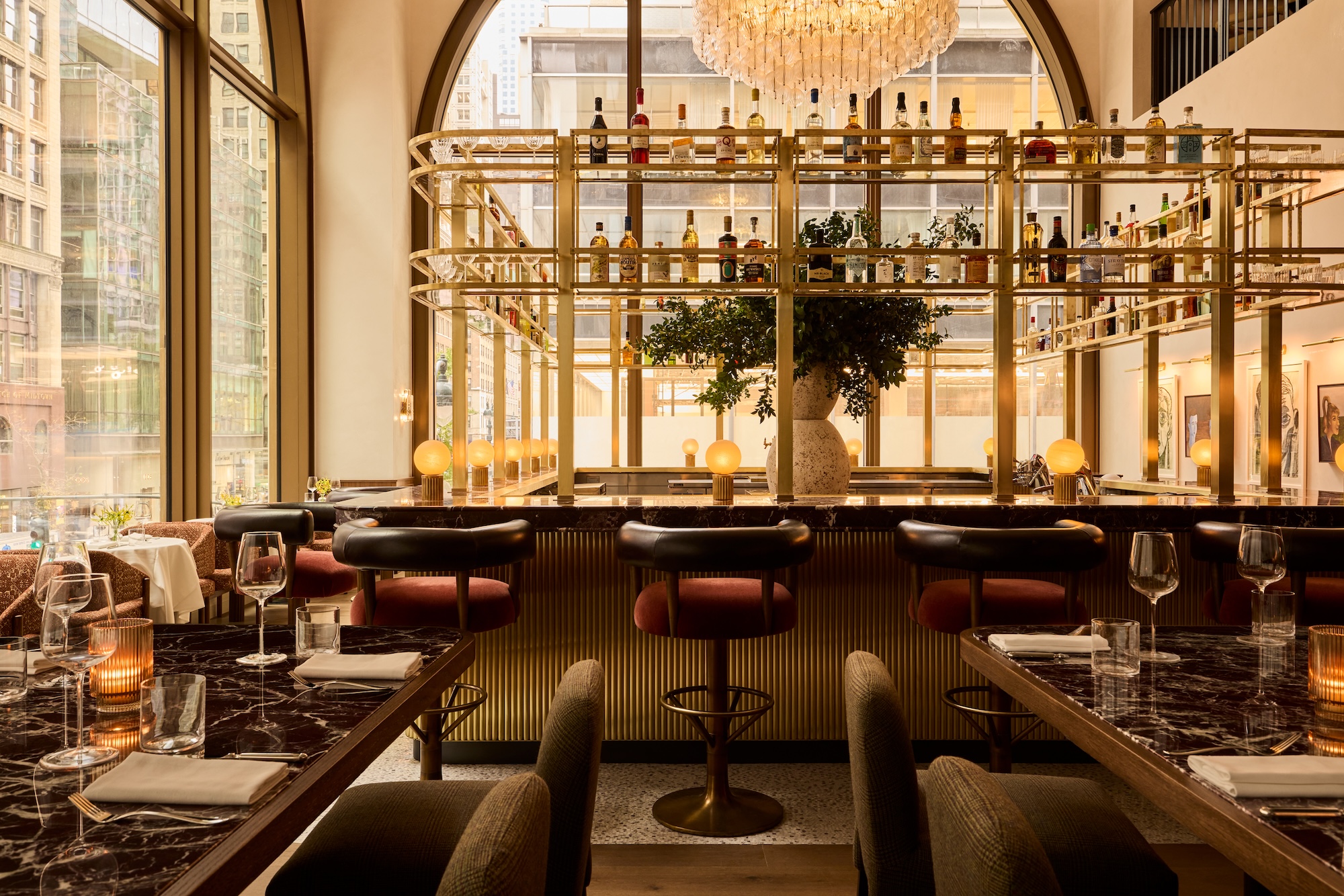 New York's members-only boom shows no sign of stopping – and it's about to get even more niche
New York's members-only boom shows no sign of stopping – and it's about to get even more nicheFrom bathing clubs to listening bars, gatekeeping is back in a big way. Here's what's driving the wave of exclusivity